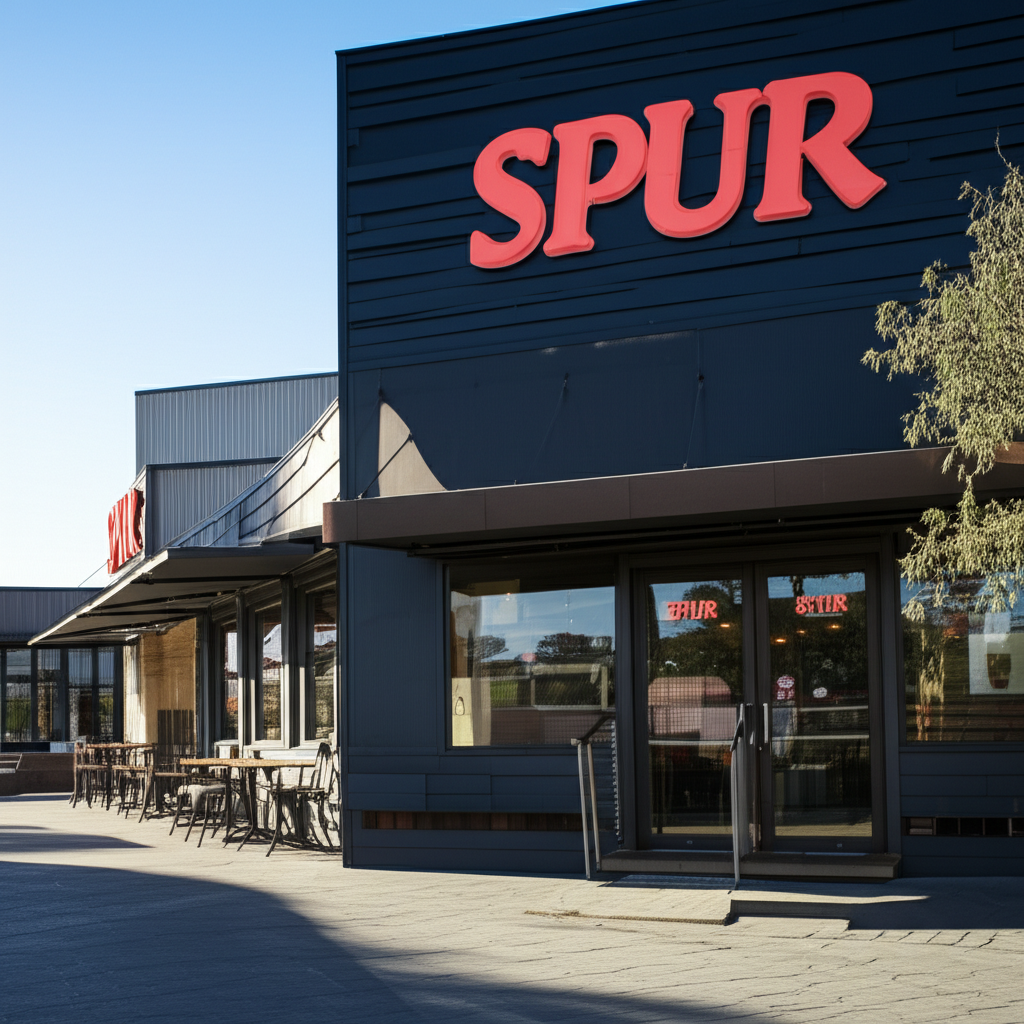- Table of Contents
- A National Institution on Life Support
- The Golden Age: When Spur Was More Than Just a Restaurant
- The Unbeatable Formula for the South African Family
- A Taste for Life: Building a Legacy
- The Roodepoort Incident: The Shot Heard 'Round the Braai
Of course. Here is the article based on your specifications.
Table of Contents
1. A National Institution on Life Support
2. The Golden Age: When Spur Was More Than Just a Restaurant
The Unbeatable Formula for the South African Family
A Taste for Life: Building a Legacy
3. The Roodepoort Incident: The Shot Heard ‘Round the Braai
A PR Disaster of Epic Proportions
The Boycott and the Financial Bloodbath
4. From Steakhouse to Wokehouse: The Abandonment of Core Values
The Spur Restaurants Identity Crisis
Listening to Twitter Trolls, Ignoring the Paying Customer
5. The Numbers Don’t Lie: A Cascade of Poor Business Decisions
Shrinkflation and the Great Rib Debacle
Franchisee Misery: The Unseen Victims
The Competition Ate Their Lunch (And Their Breakfast)
6. Navigating the Mzansi Minefield: Excuses vs. Reality
7. Can the Spur Be Saved? A Roadmap Back to Sanity
Step 1: A Real Apology, Not a Corporate Statement
Step 2: Go Back to Basics, Immediately
Step 3: Empower the People on the Ground
8. A Final Word: The Costly Lesson of a Fallen Giant
A National Institution on Life Support
Spur Restaurants, for generations of South Africans, were more than just a place to eat. They were a cornerstone of middle-class family life, the default setting for birthday parties, the reward for a good school report, and the place you went when mom just didn’t feel like cooking. The smell of sizzling steak, the cacophony of the “Happy Birthday” song sung by a tribe of enthusiastic waiters, and the promise of the Play Canyon were woven into the very fabric of our national identity. But let’s be brutally honest: that Spur is gone. What stands in its place is a hollowed-out, confused, and tragically overpriced shadow of its former self. The story of Spur’s stunning failure is not just about a declining business; it’s a cautionary tale for every company in South Africa. It’s a lesson written in red ink, a chronicle of how to alienate your core customers, abandon your identity, and trade a winning formula for a plate of lukewarm political correctness.
This isn’t just another business analysis. This is an autopsy. We’re here to dissect the series of calamitous decisions that took a beloved national treasure and put it on a path to irrelevance. This is the story of how a brand that once had a “Taste for Life” seemingly developed a death wish.
The Golden Age: When Spur Was More Than Just a Restaurant
To understand the depth of the fall, we must first appreciate the height from which it occurred. For decades, Spur Steak Ranches were the undisputed kings of casual family dining in South Africa. Founder Allen Ambor’s vision, which began in 1967 in Newlands, Cape Town, was pure genius in its simplicity and execution. He didn’t just open a restaurant; he created a replicable, scalable experience.
[Image Source: A vintage photo of an early Spur restaurant interior, showcasing the classic leather booths and theme. A search on Wikimedia Commons for “Spur Steak Ranch 1970s” might yield results.]
The Unbeatable Formula for the South African Family
The original Spur formula was a masterclass in knowing your customer. What did the average South African family want in the 70s, 80s, and 90s?
1. Value for Money: You got a good, hearty meal for a reasonable price. The portions were generous. The famous Cheddamelt Steak, the towering burgers, the legendary onion rings – you knew you wouldn’t leave hungry.
2. A Place for the Kids: This was Allen Ambor’s trump card. The Play Canyon was revolutionary. It meant parents could actually have a conversation and enjoy their meal for more than five minutes without a child tugging at their sleeve. The kids were contained, entertained, and happy. This single feature made Spur the default choice for millions of families.
3. Consistency: Whether you were in Polokwane or Paarl, you knew exactly what you were getting. The menu, the decor, the vibe – it was a familiar comfort. In a rapidly changing country, Spur was a reliable constant.
4. A Unique Vibe: The now-controversial “Native American” theme, for all its modern-day critiques, gave the brand a powerful, recognisable identity. It was distinctive. You weren’t just going to a steakhouse; you were going to the Spur.
This formula was bulletproof. It created a fiercely loyal customer base that grew up with the brand, taking their own children to the same red leather booths where they once celebrated their own 7th birthdays.
A Taste for Life: Building a Legacy
The marketing was brilliant because it wasn’t just about food; it was about life’s moments. “A Taste for Life” wasn’t just a slogan; it was a promise. Birthdays at Spur were a rite of passage. The free ice cream and sparkler, the feathered headdress, the booming birthday song – these are core memories for millions of South Africans.
This was a business built on understanding the aspirations and needs of the South African middle class. It was unpretentious, dependable, and fun. It was, in short, a phenomenal business that printed money and created countless entrepreneurial opportunities for its franchisees.
The Roodepoort Incident: The Shot Heard ‘Round the Braai
Every great tragedy has a turning point, a single moment where the path to damnation is chosen. For Spur, that moment came on Sunday, 19th March 2017, at the Texamo Spur in The Glen Shopping Centre, Roodepoort.
The details are now infamous. A video went viral showing a heated, ugly confrontation between a man and a woman in the play area, seemingly over their children’

